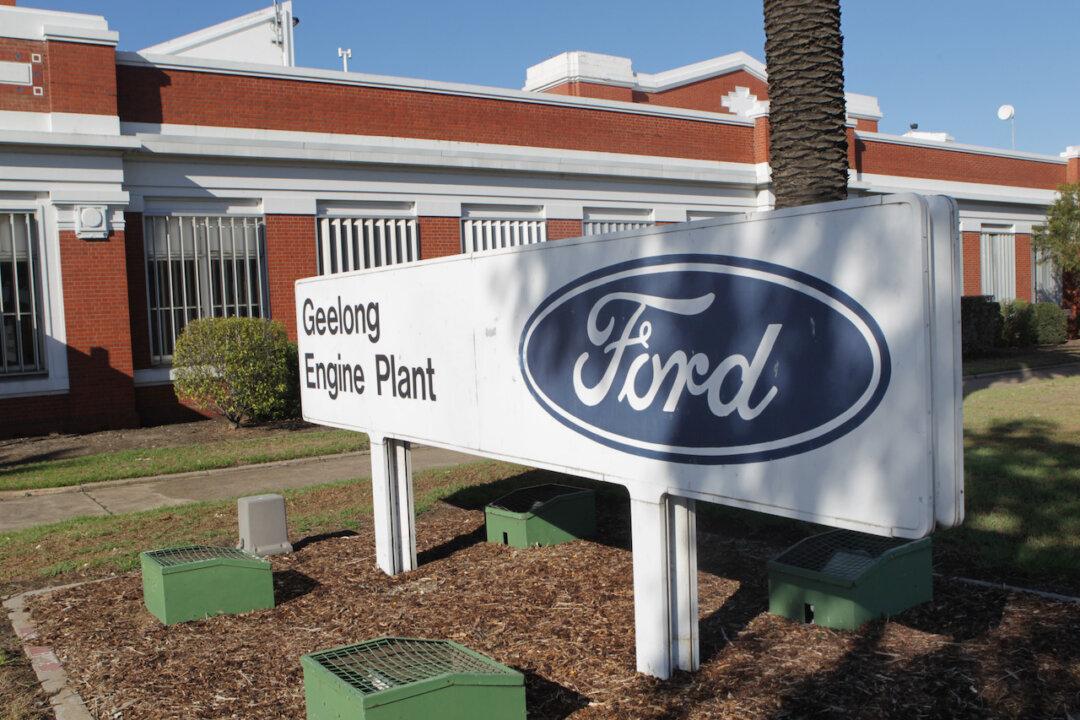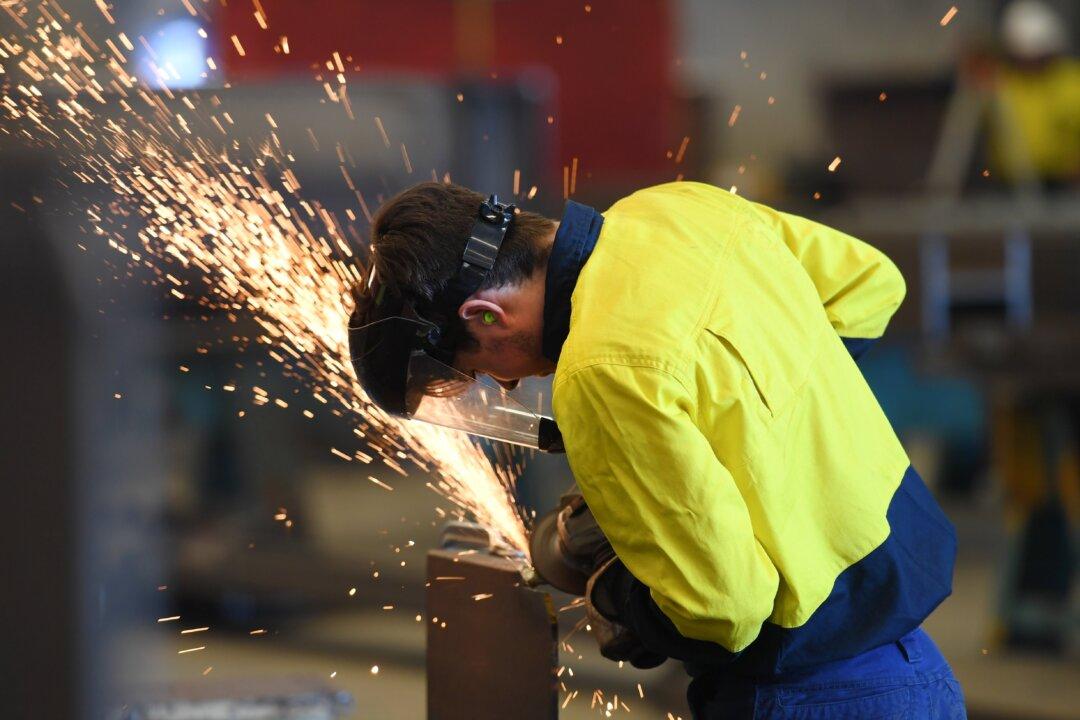Vehicle manufacturing giant Ford has announced plans to cut 400 jobs from its Australian workforce as the company seeks to “improve efficiency.”
This follows a global culling of approximately 3,000 jobs as the company moves towards electrification and comes as Ford announced in March plans to cut 250 jobs from its Geelong and Broadmeadows plants.





